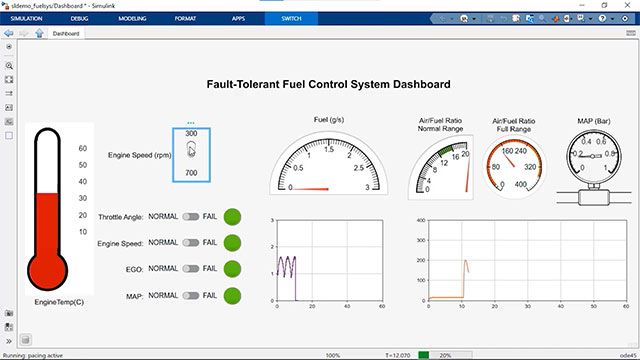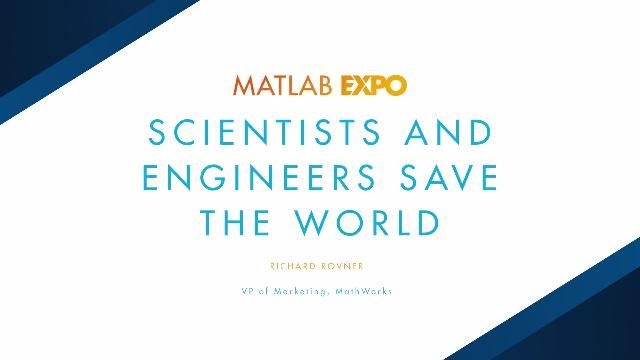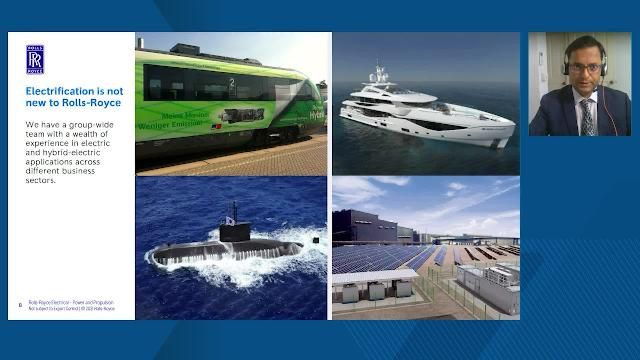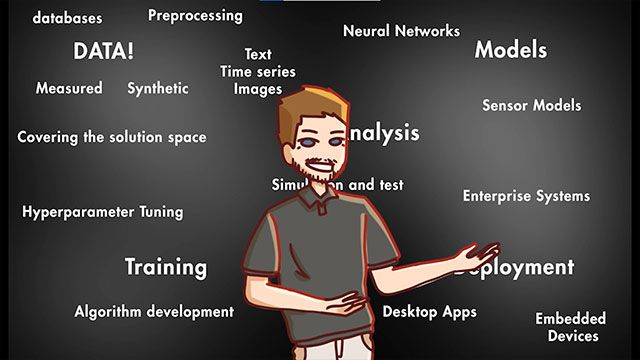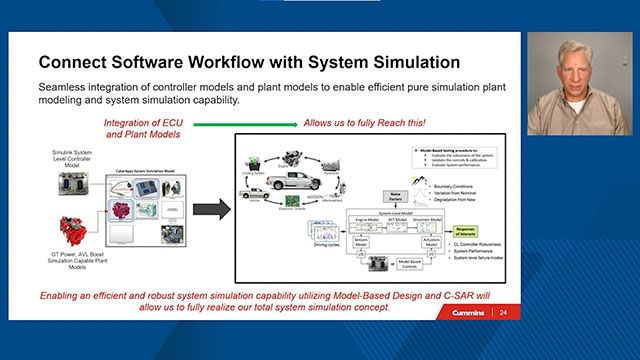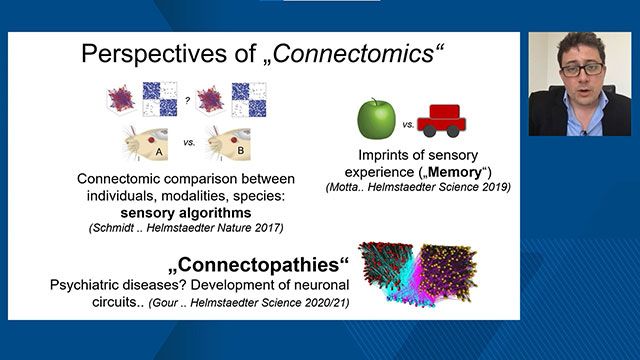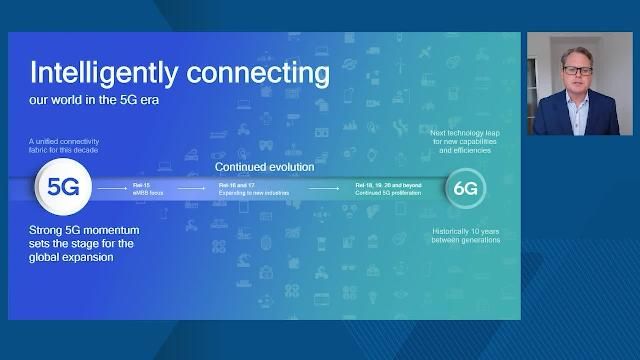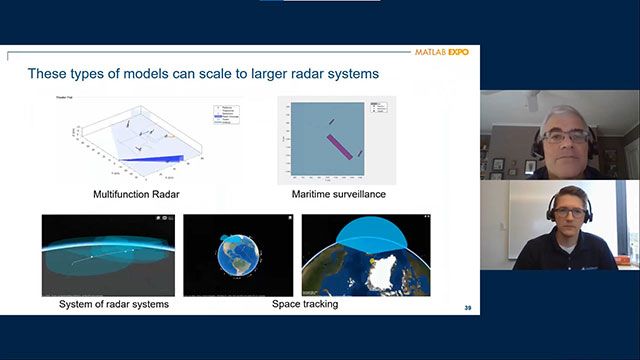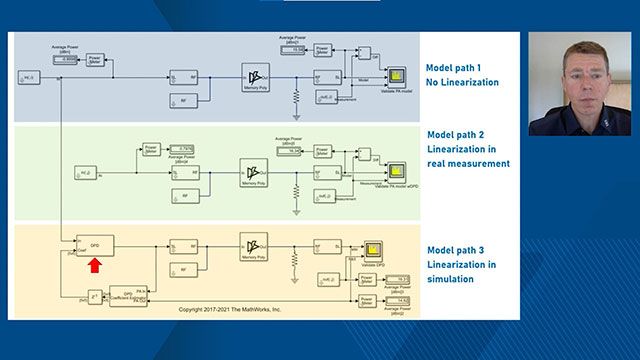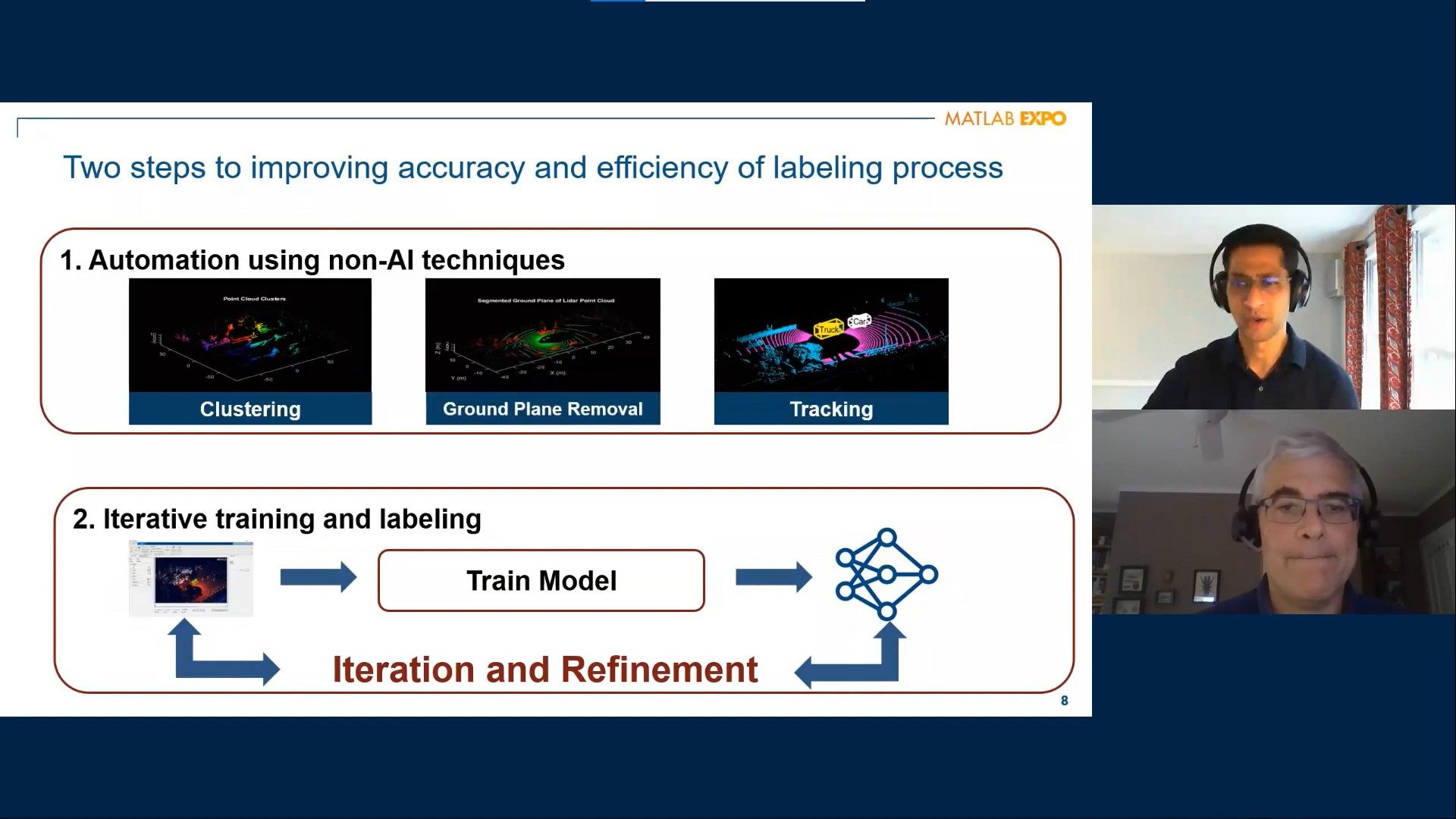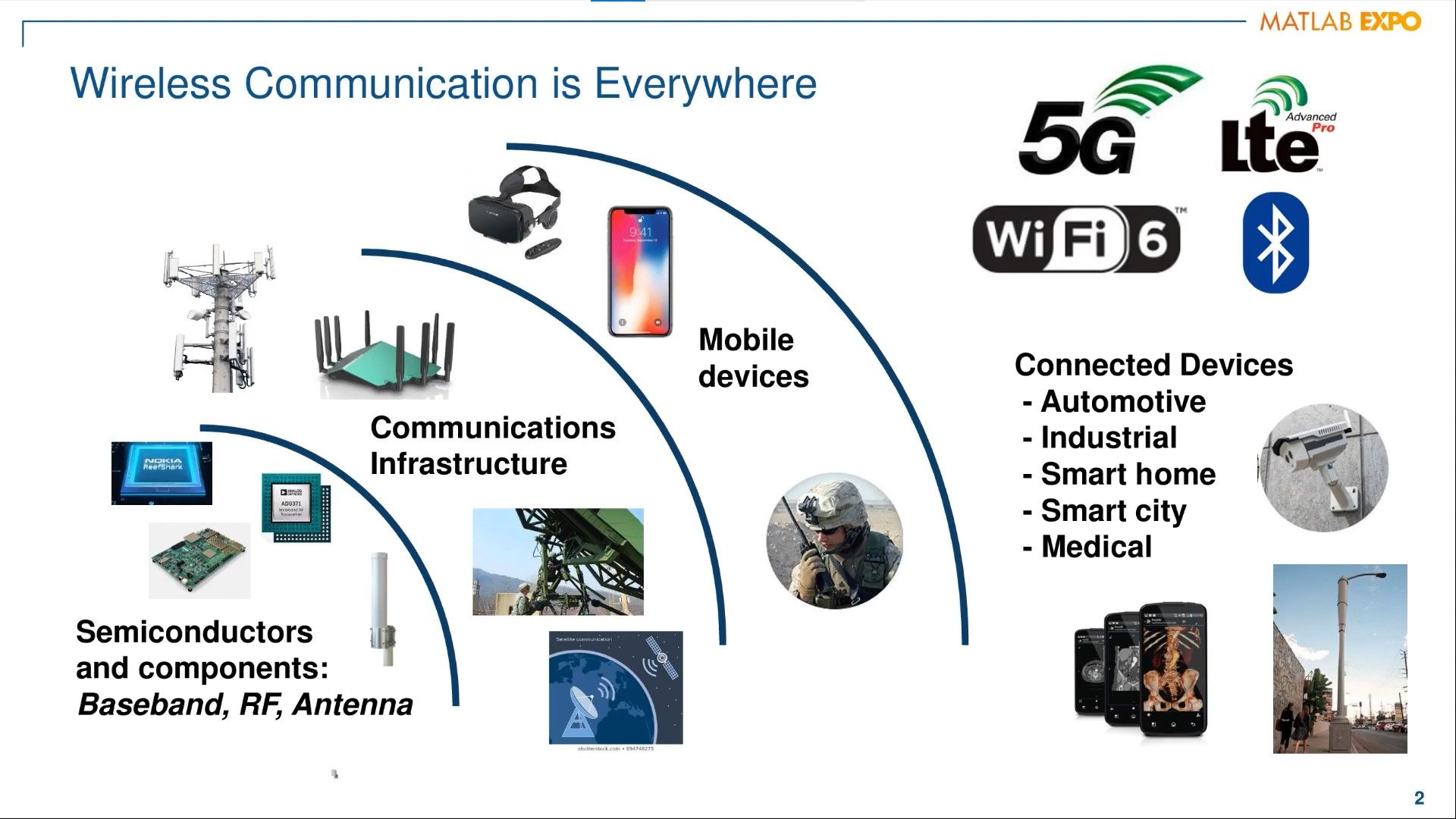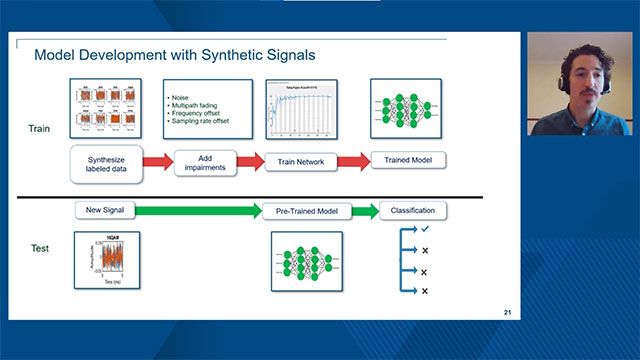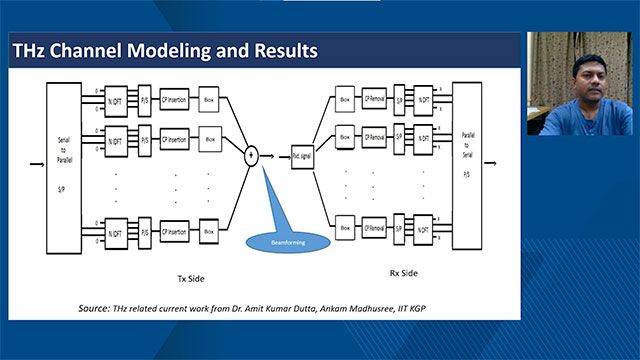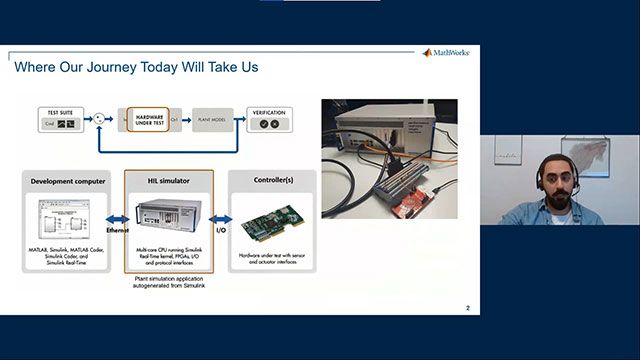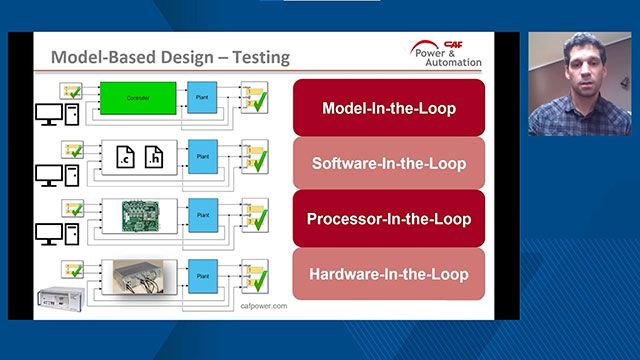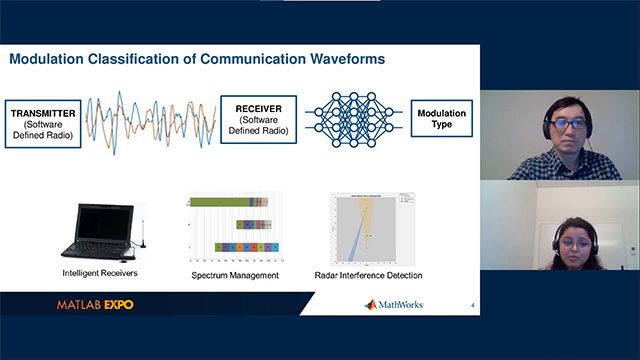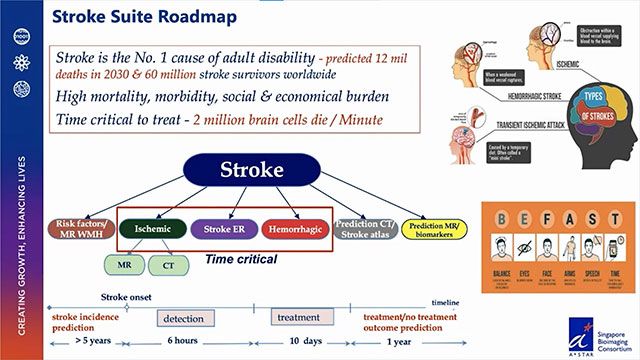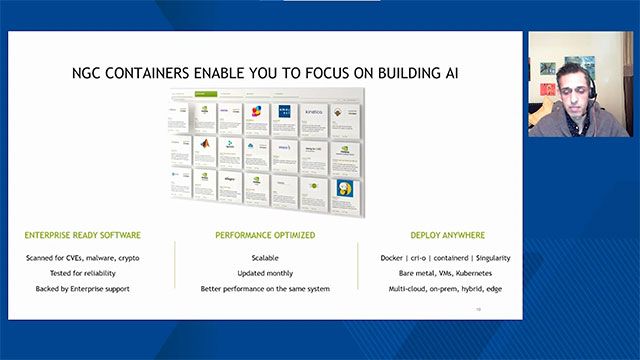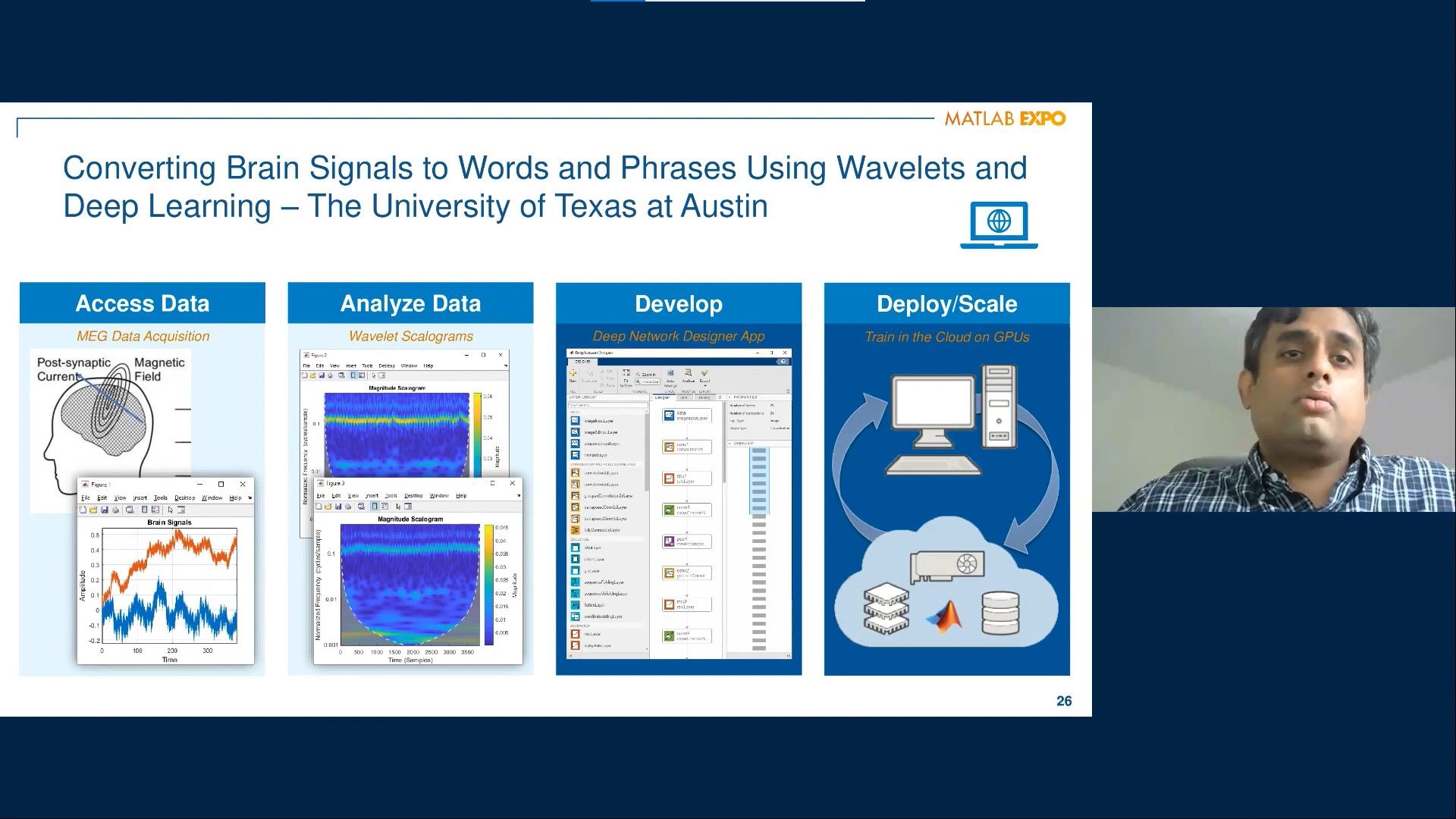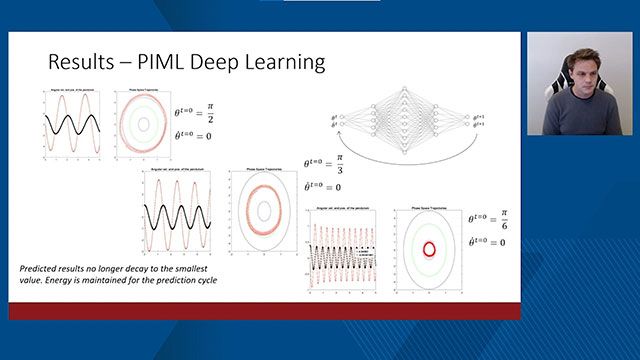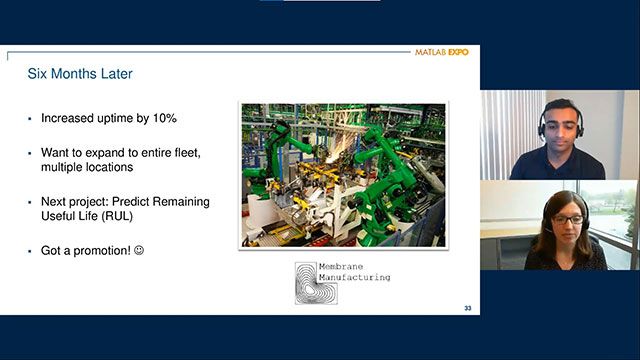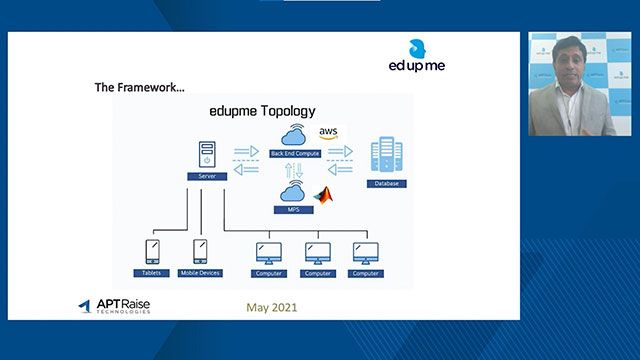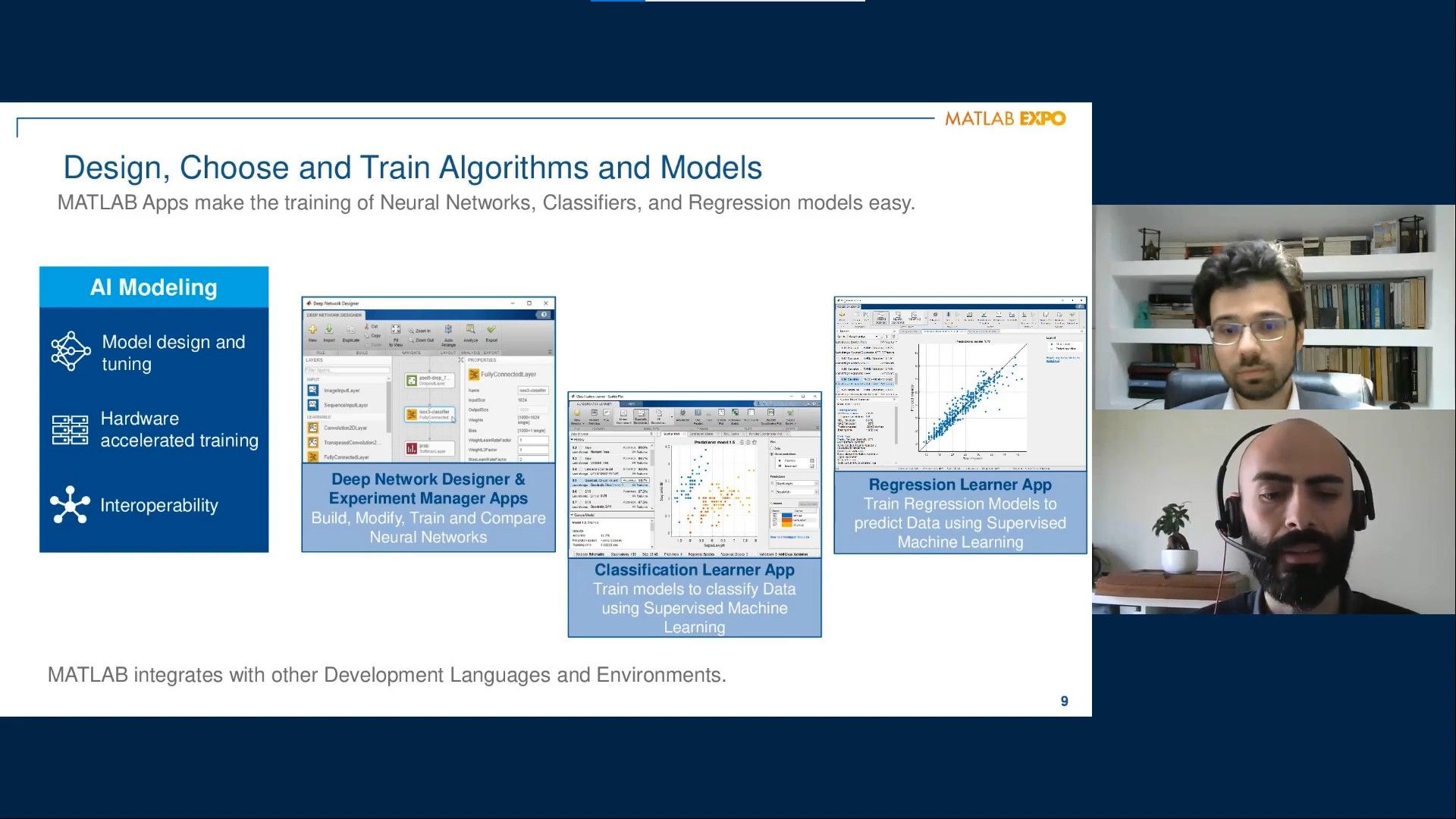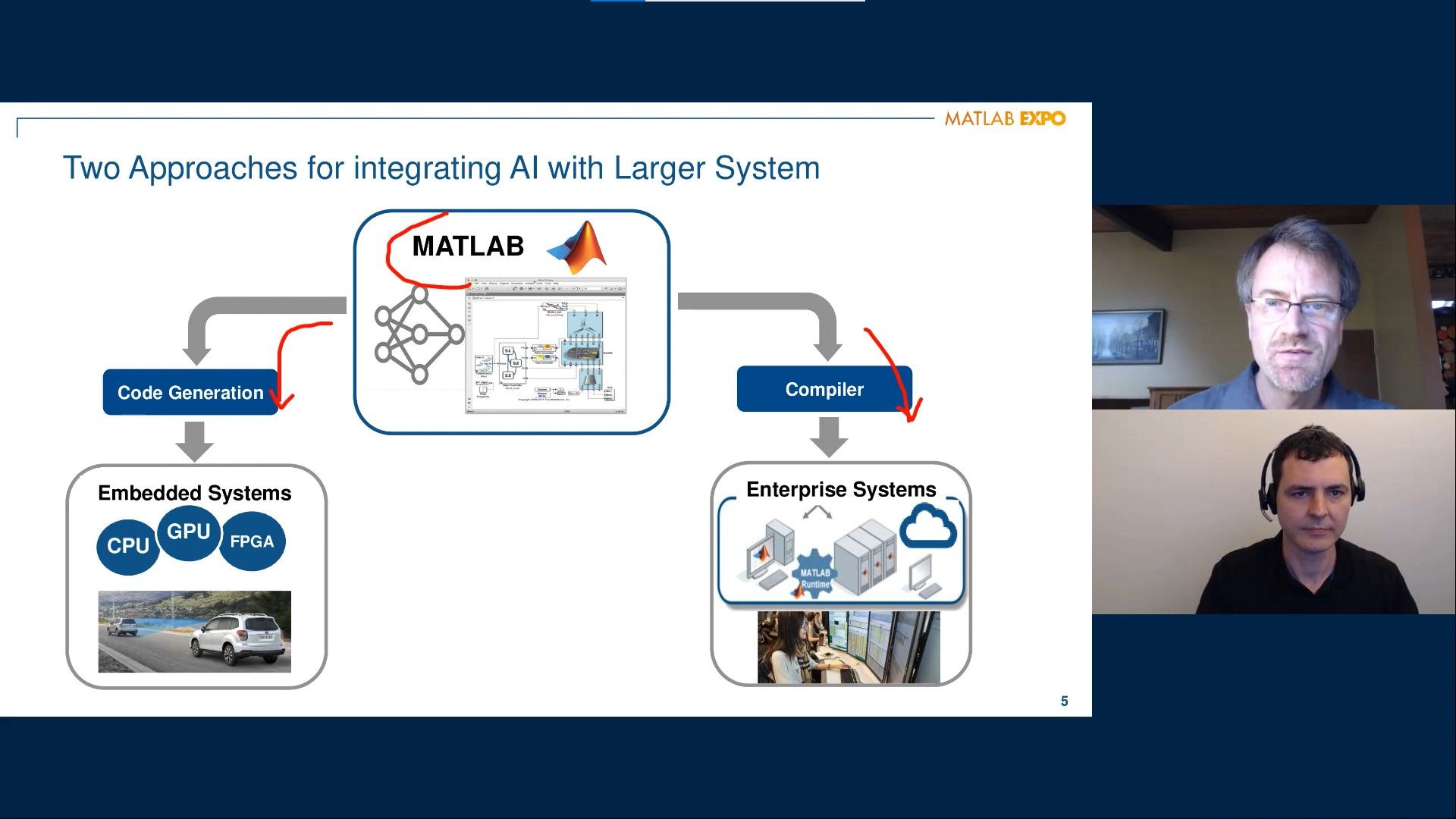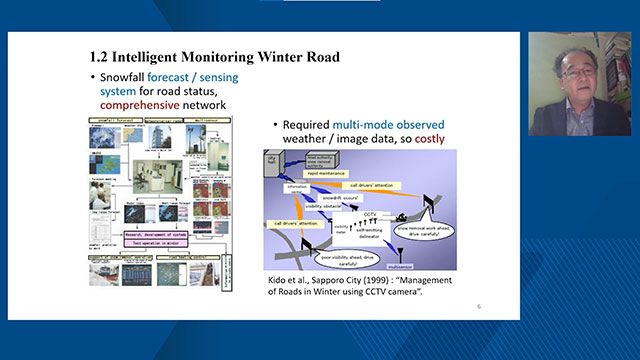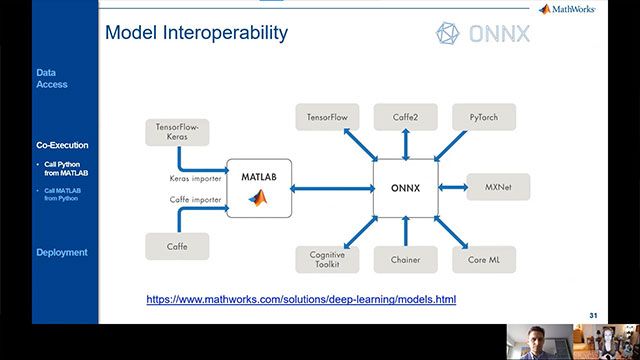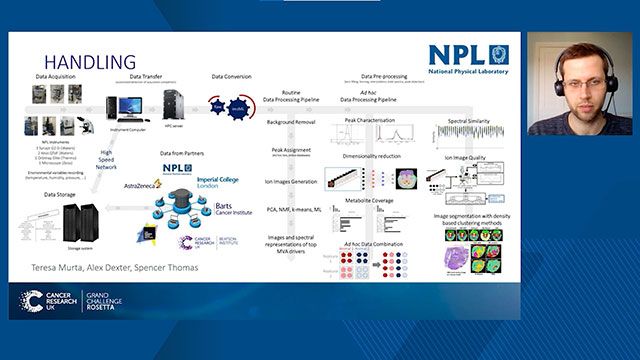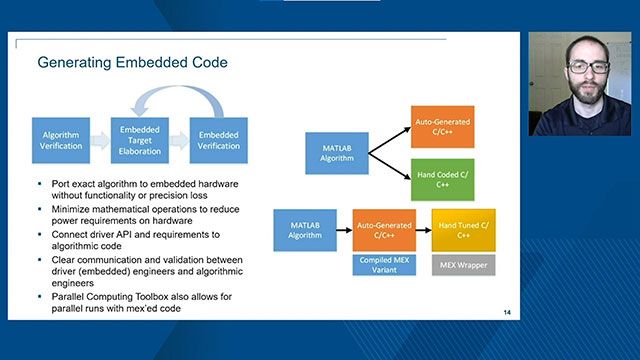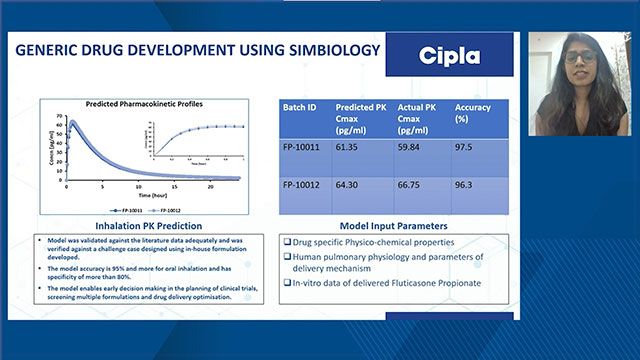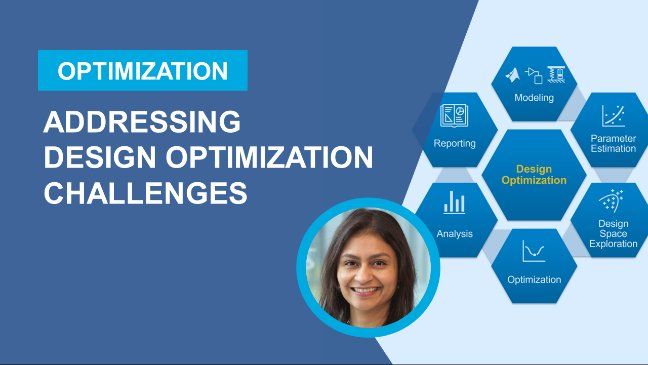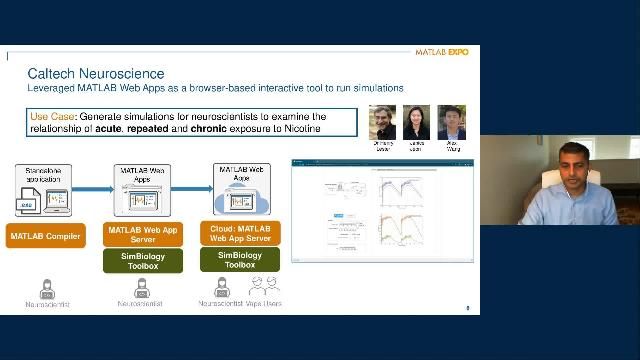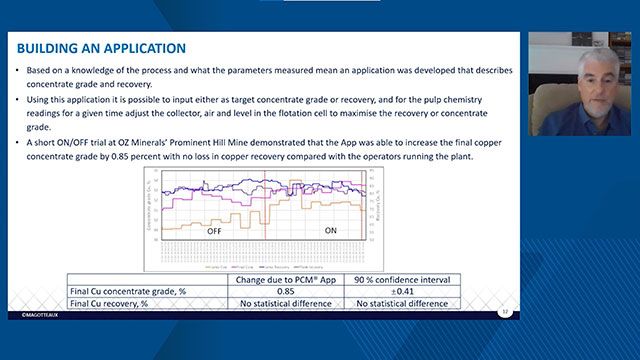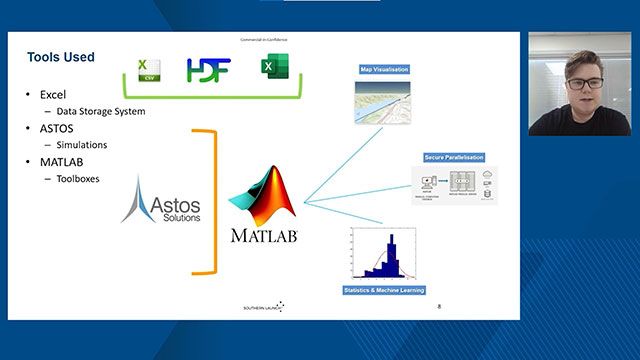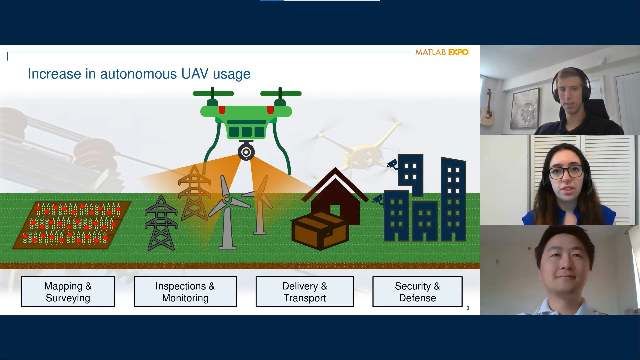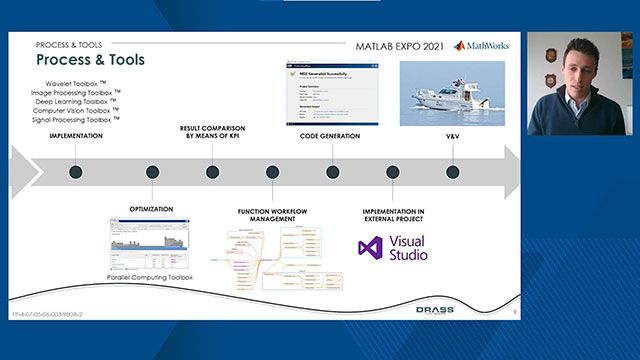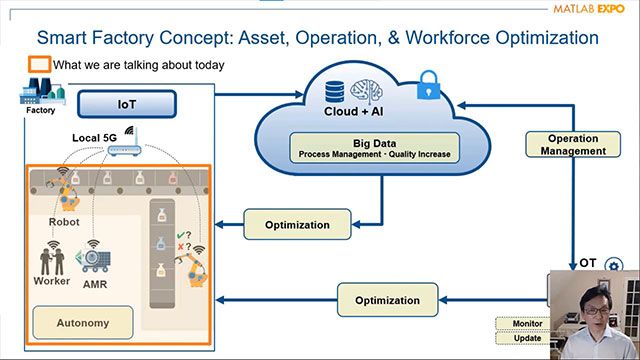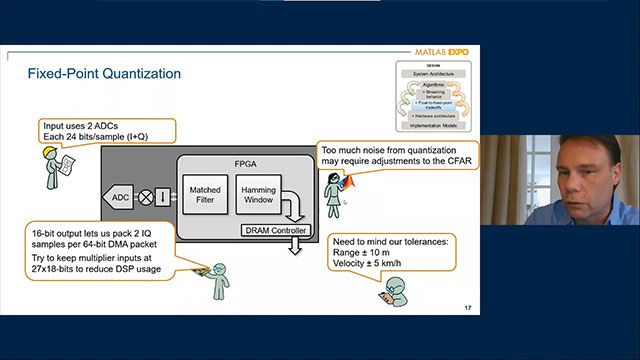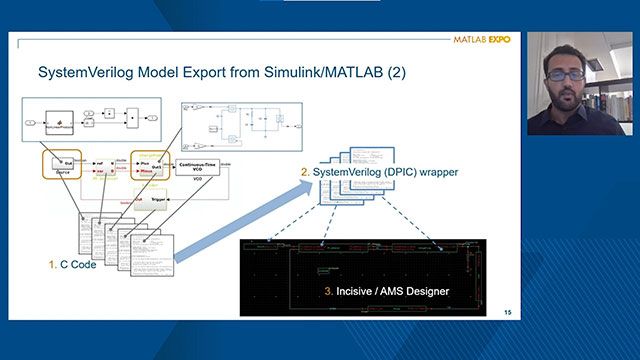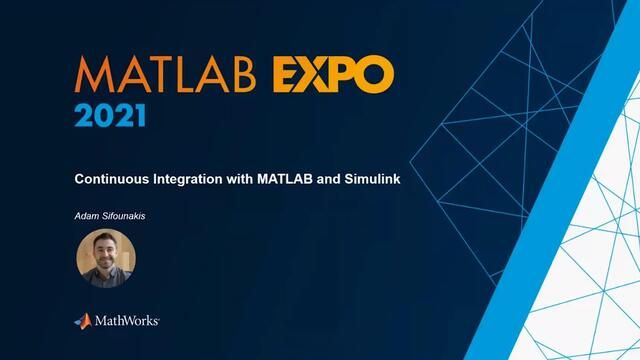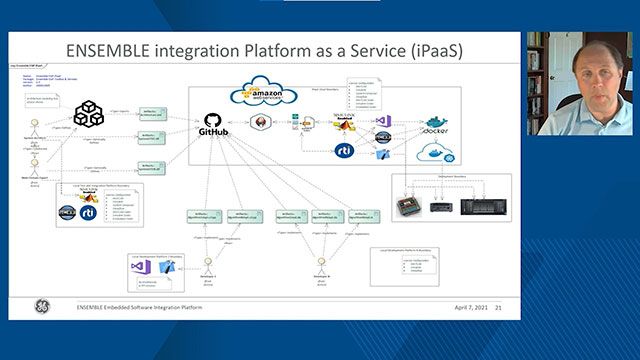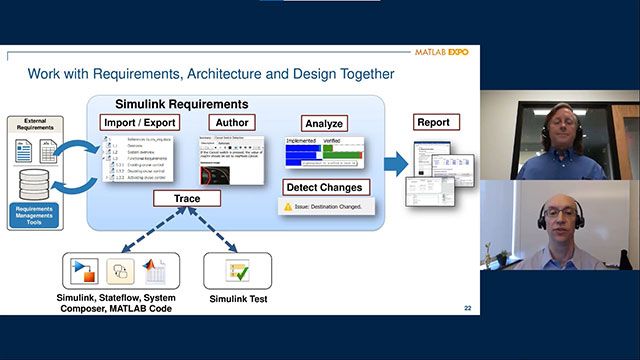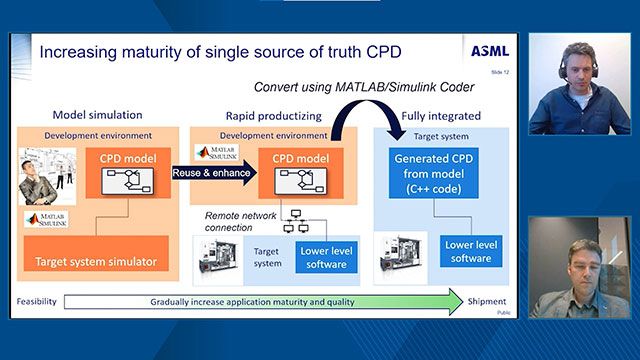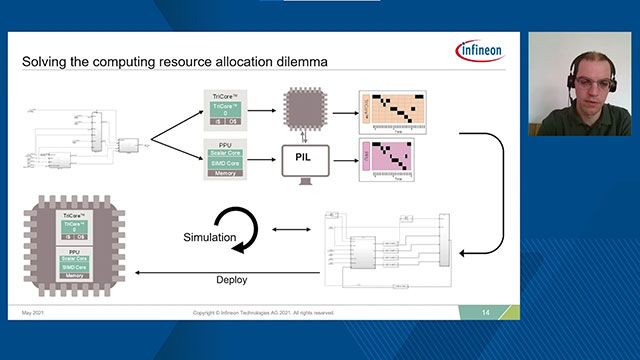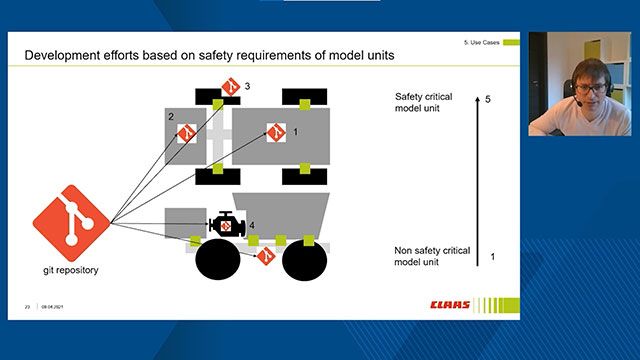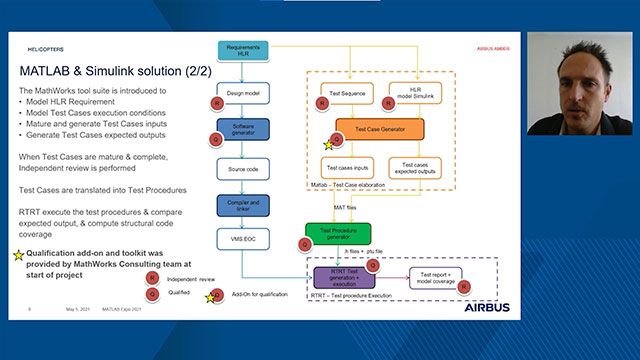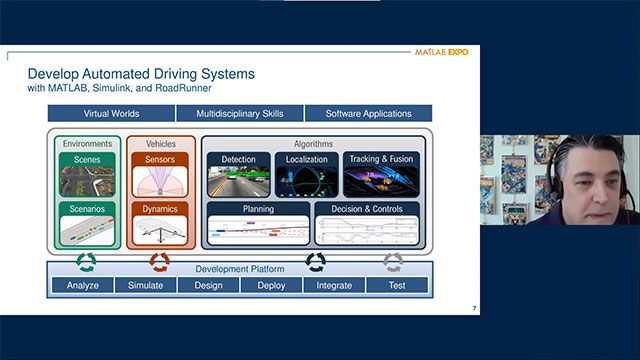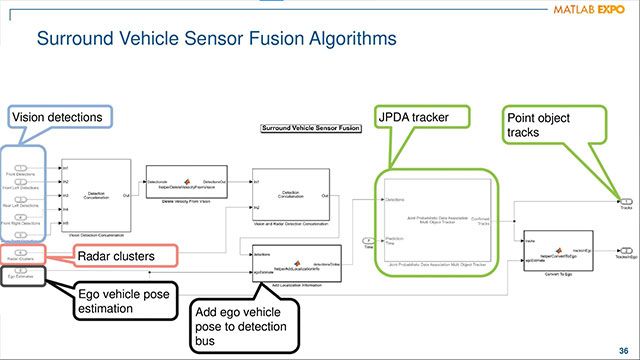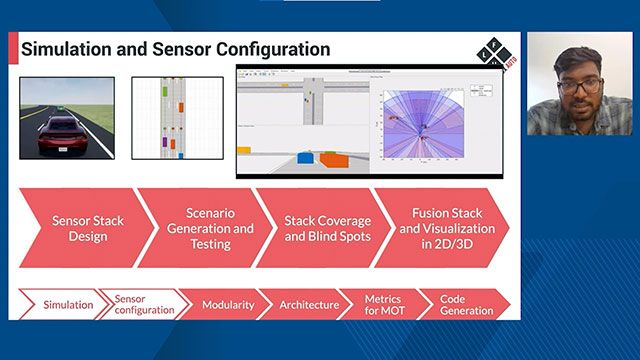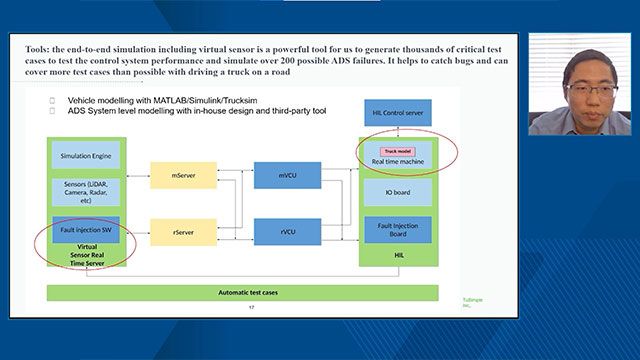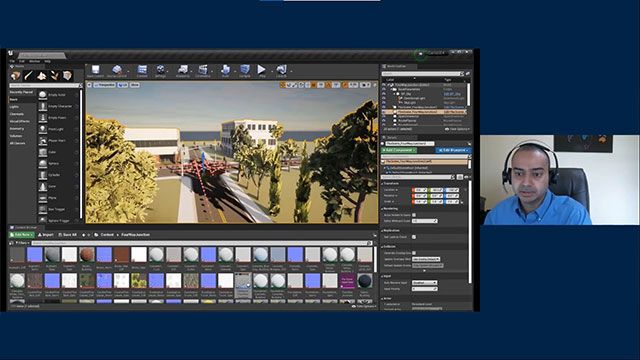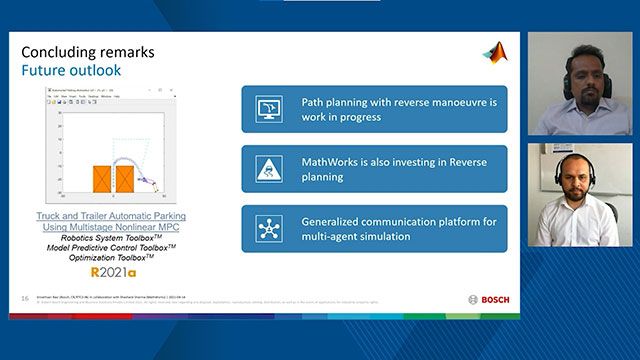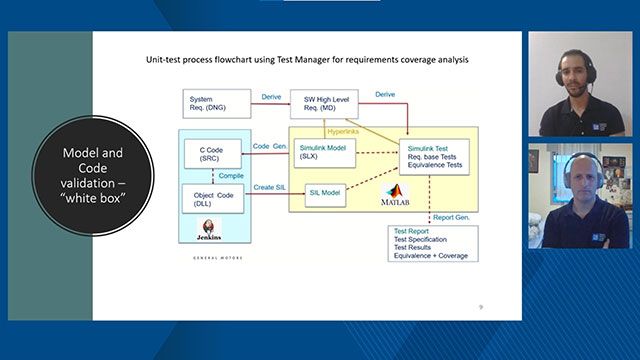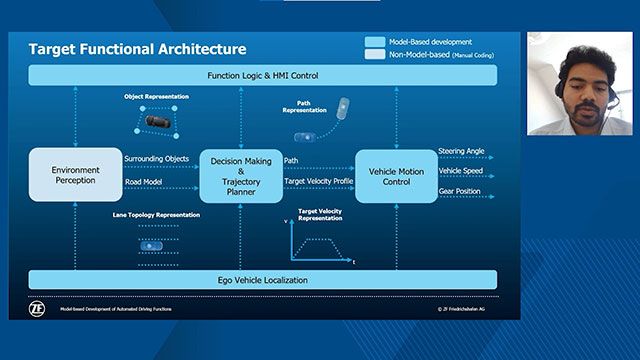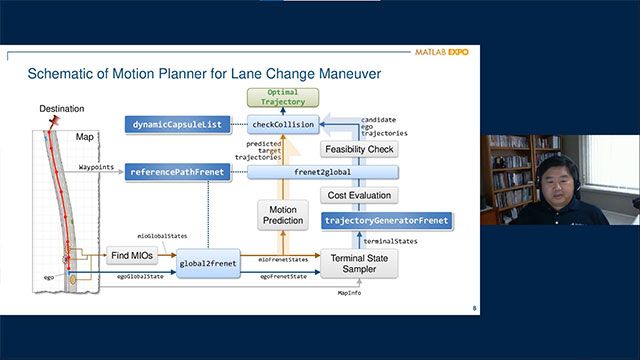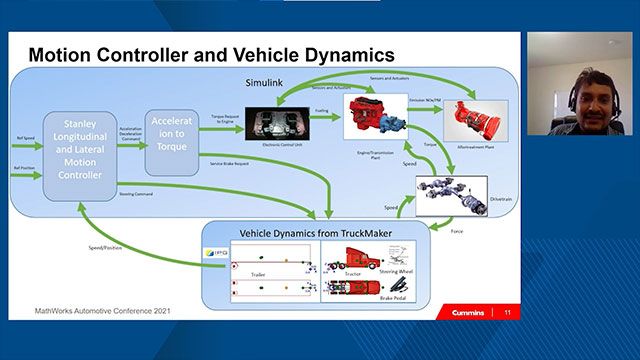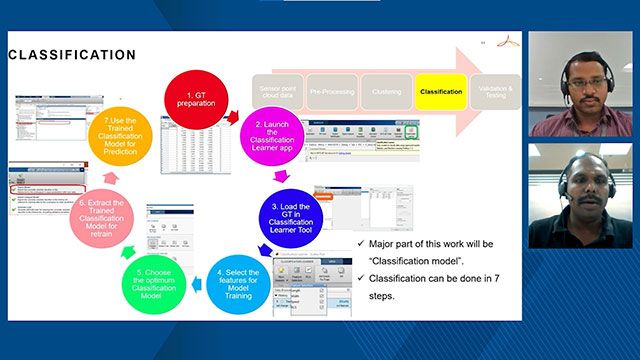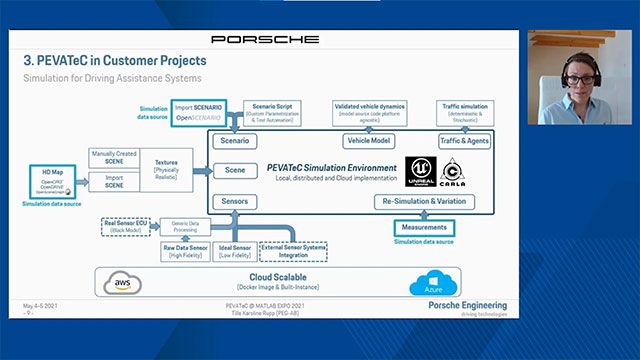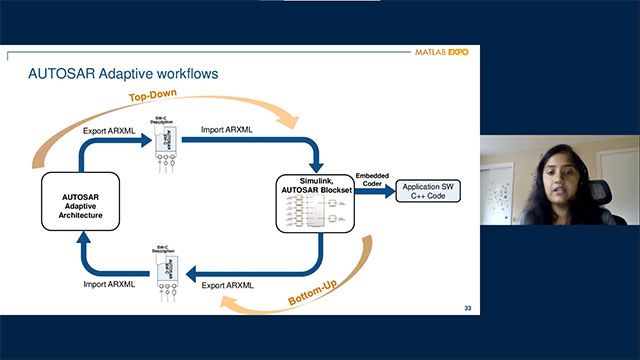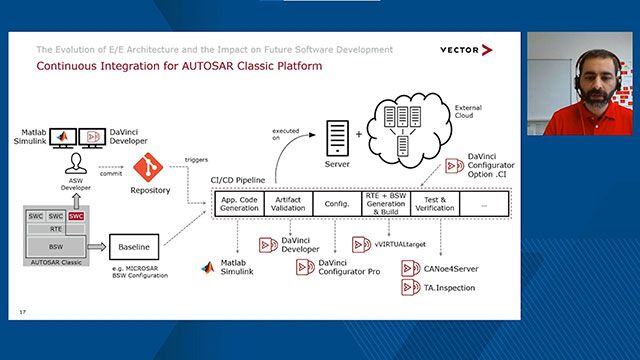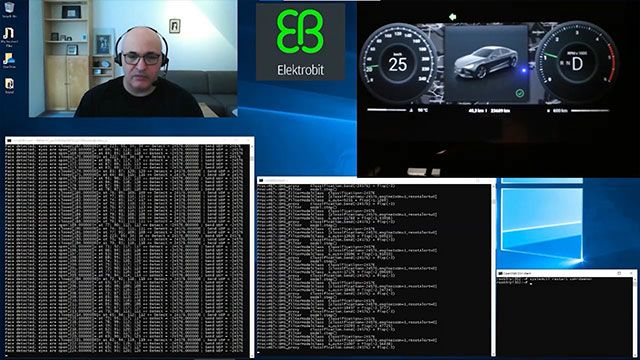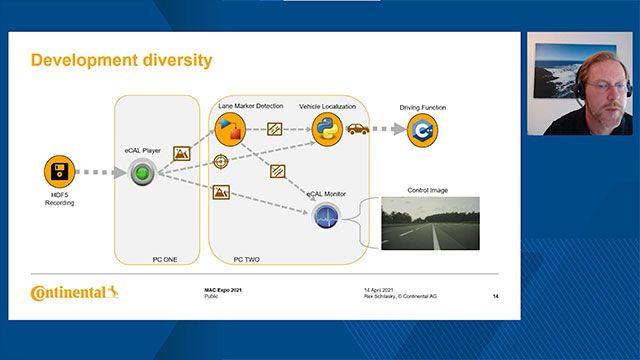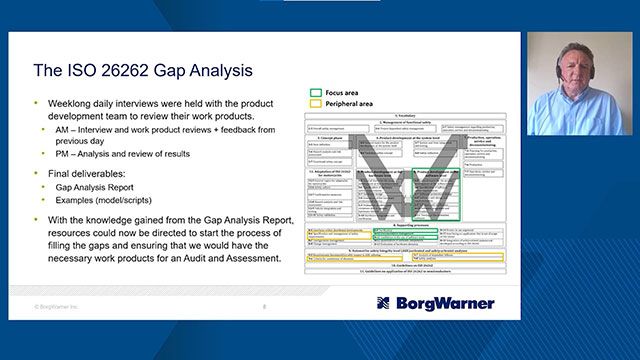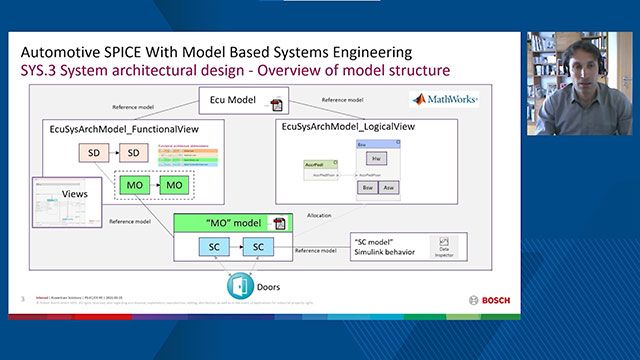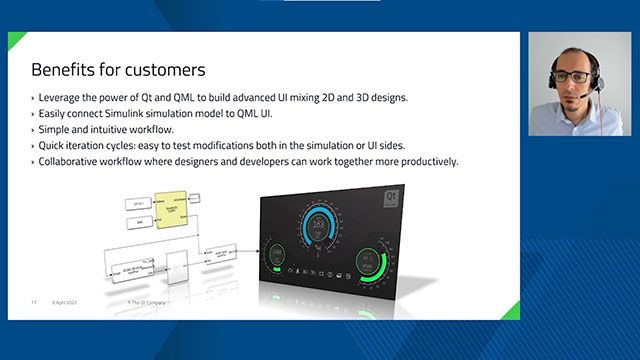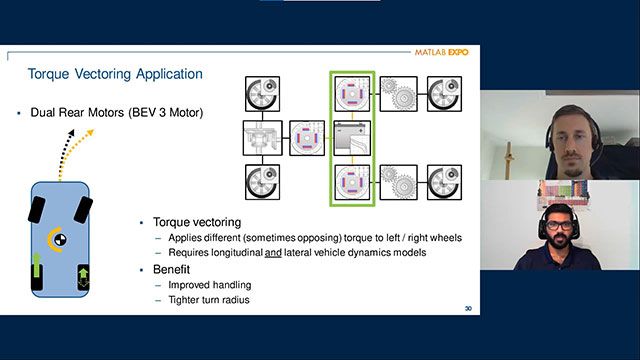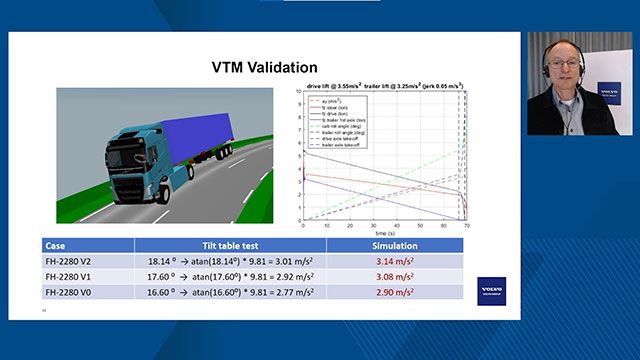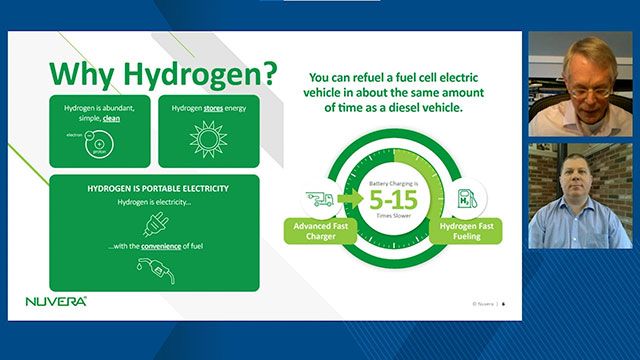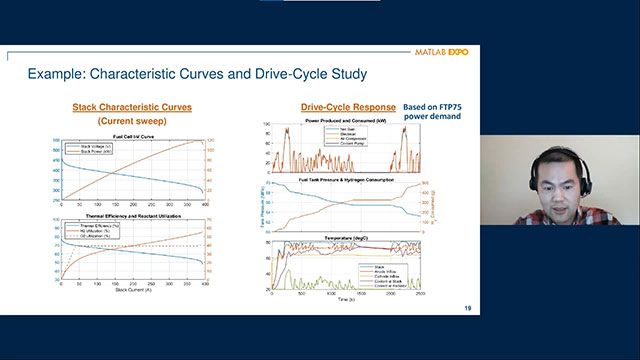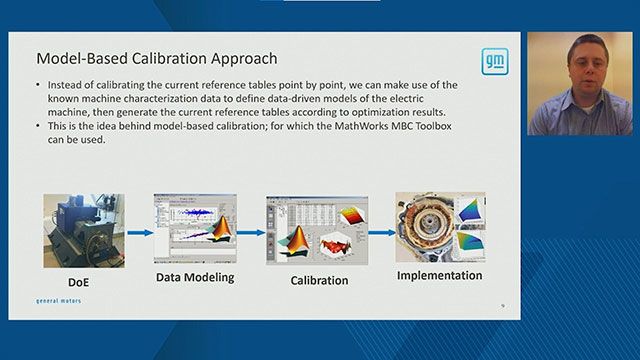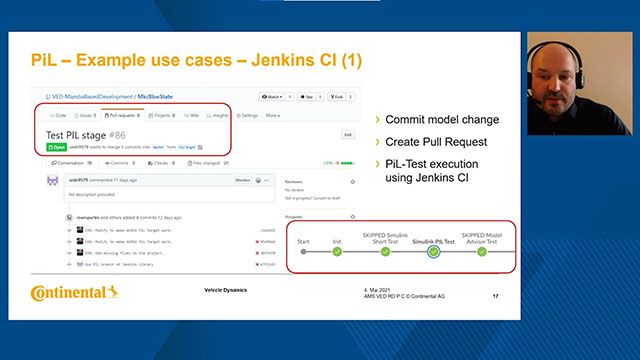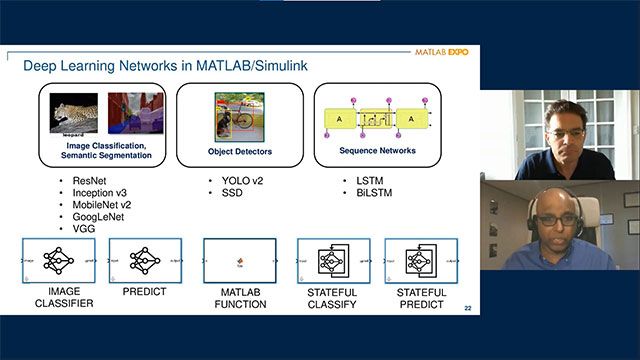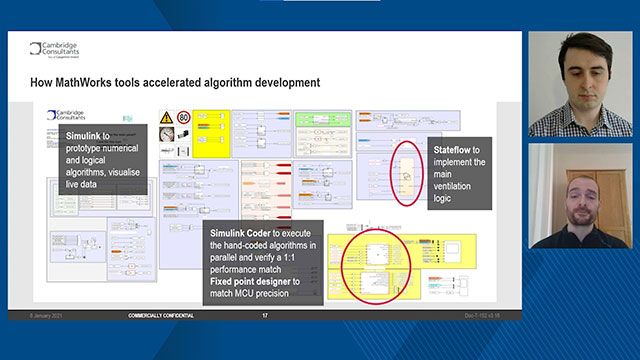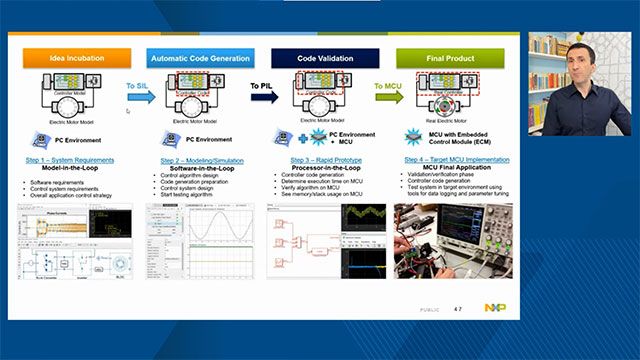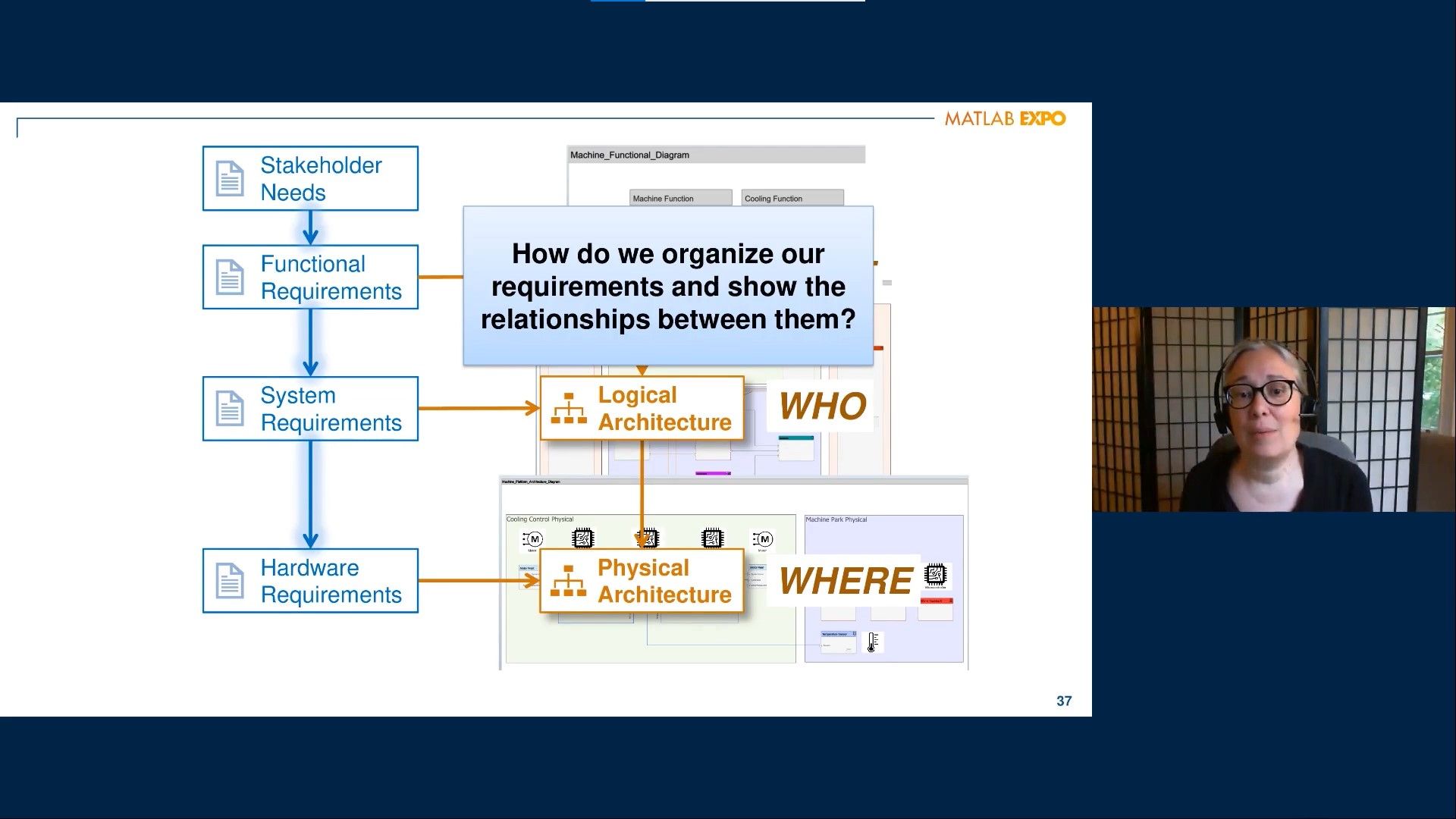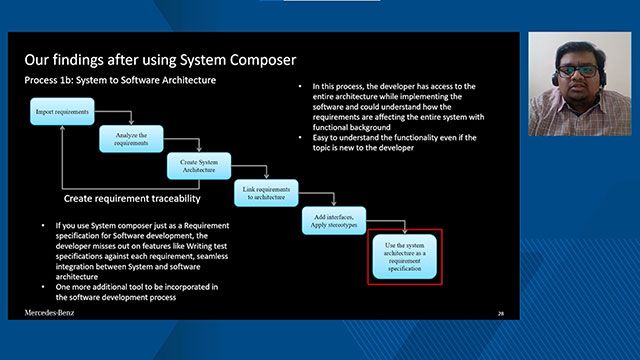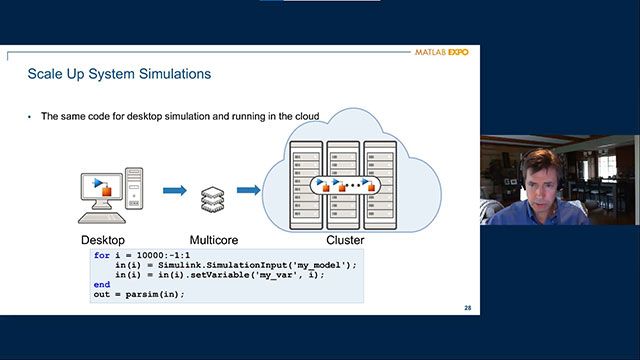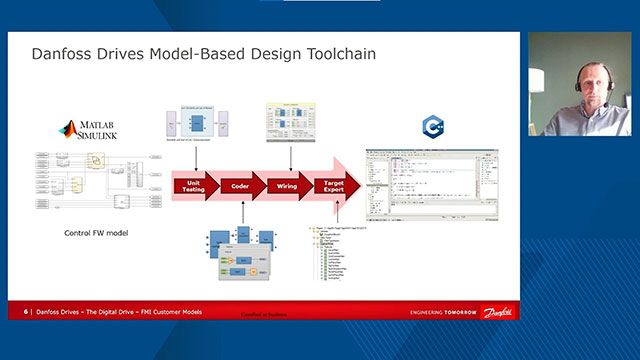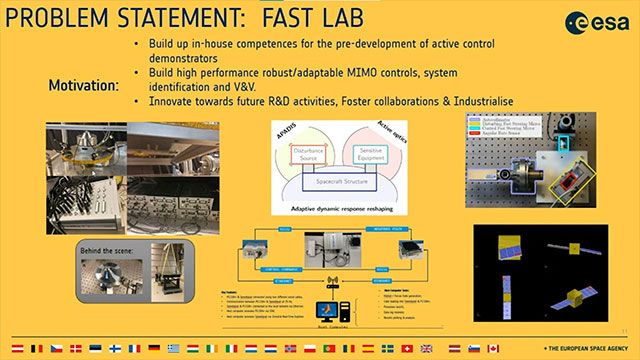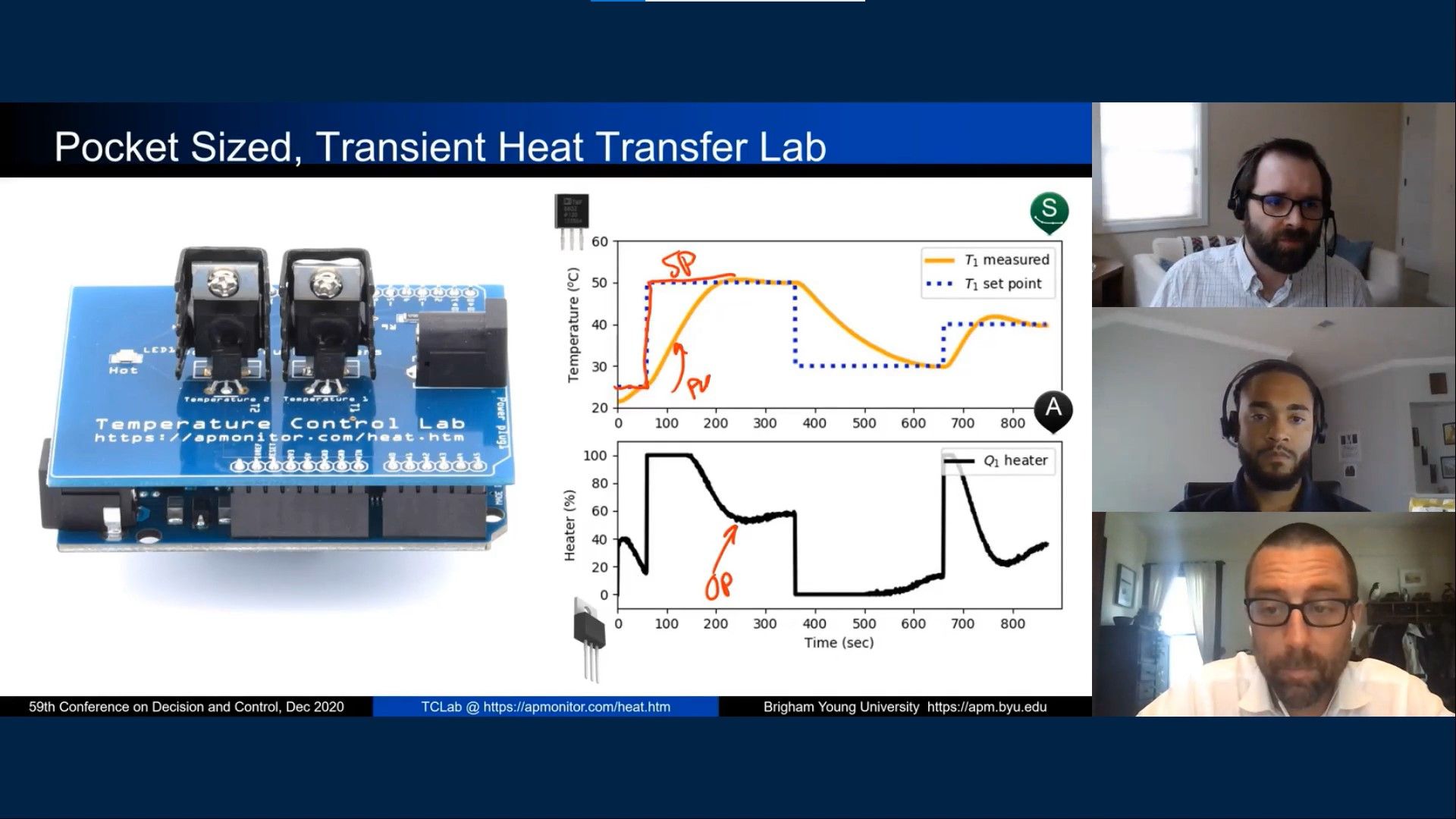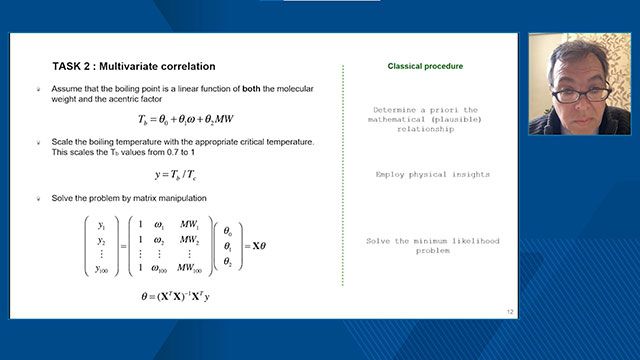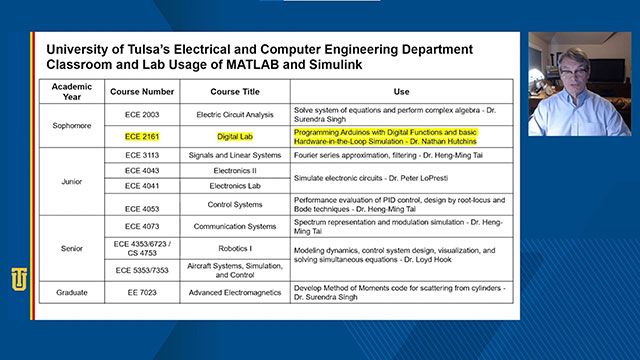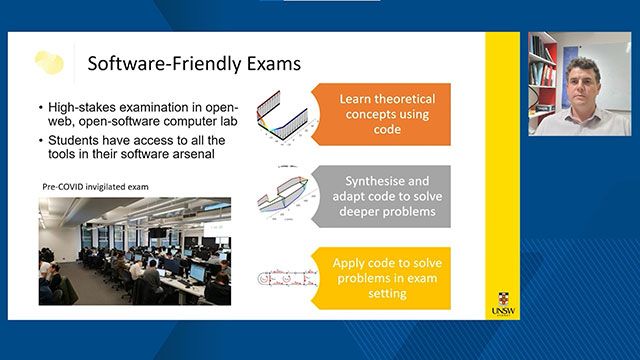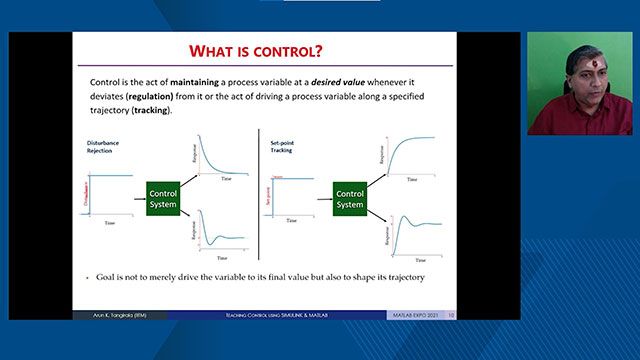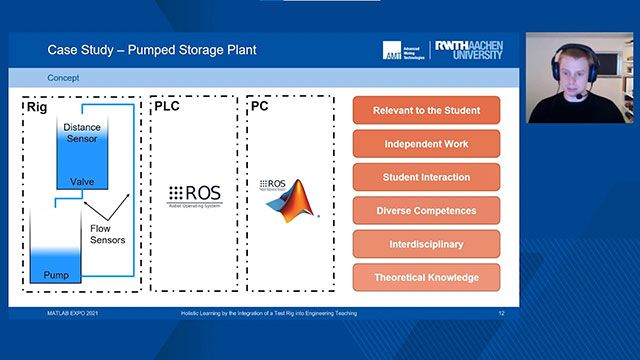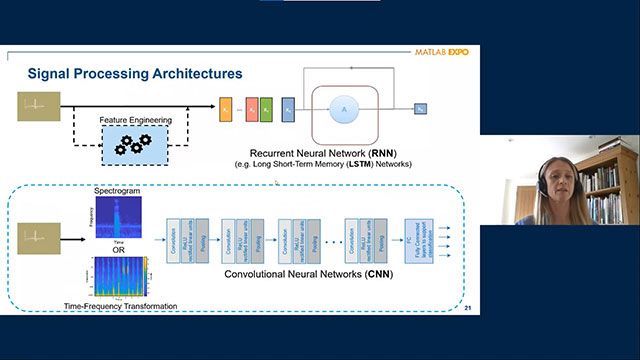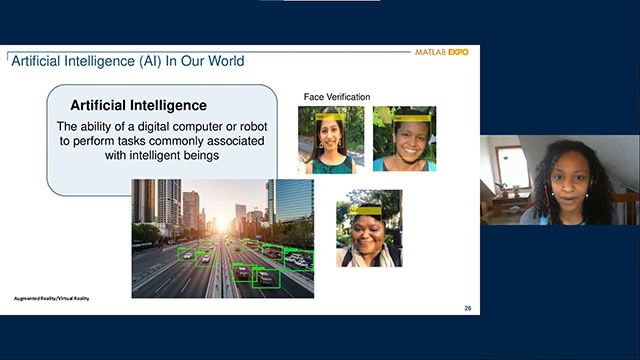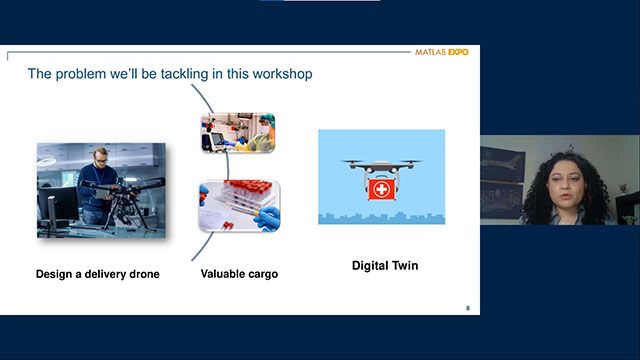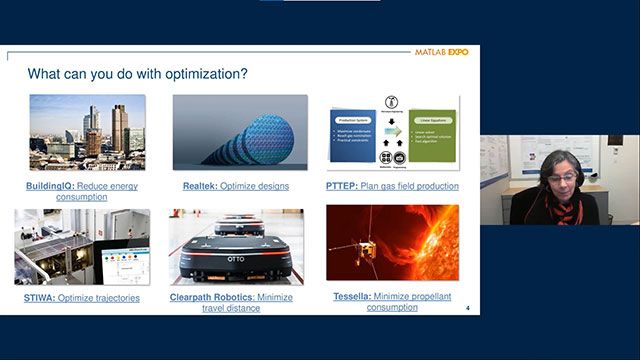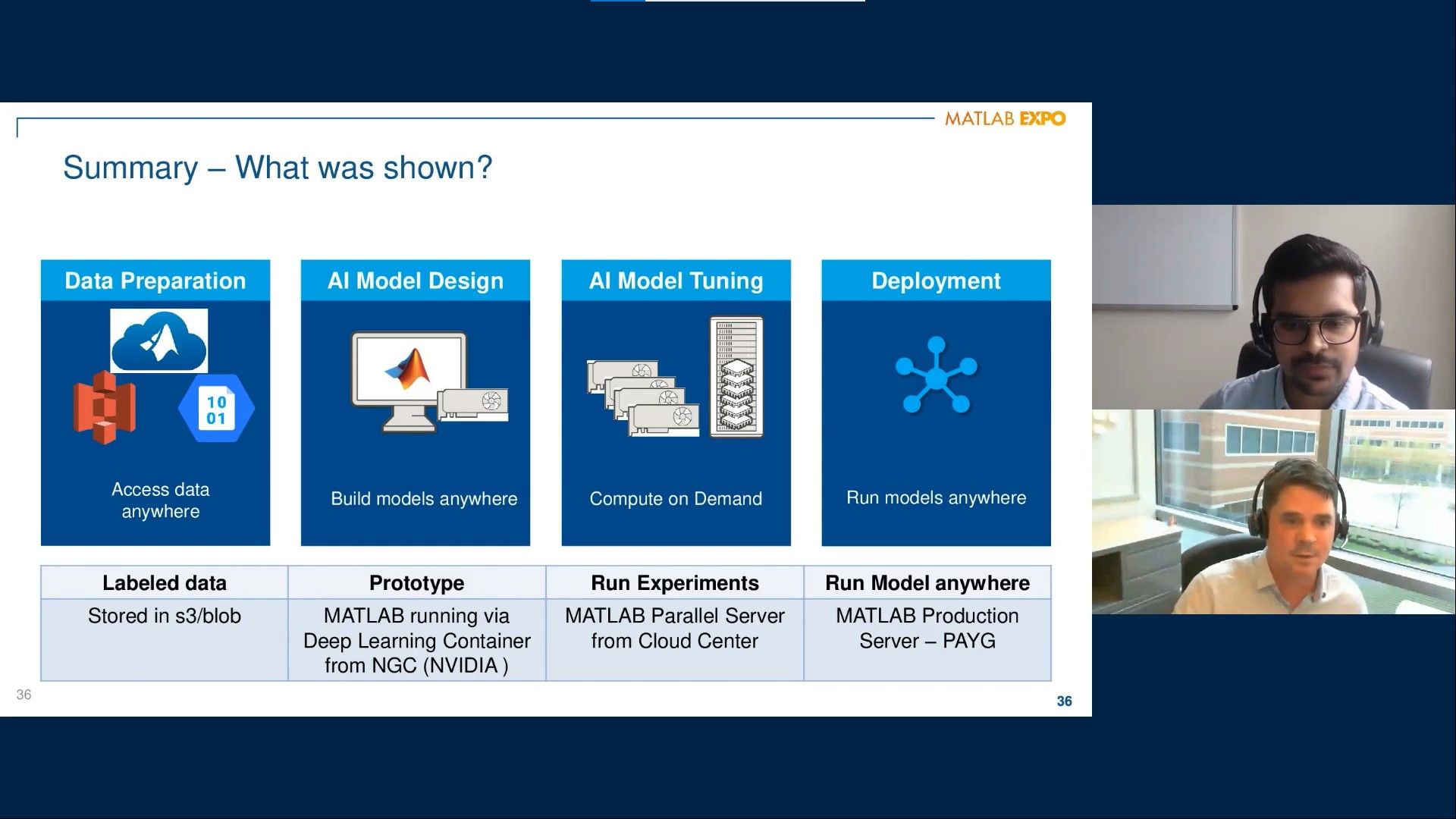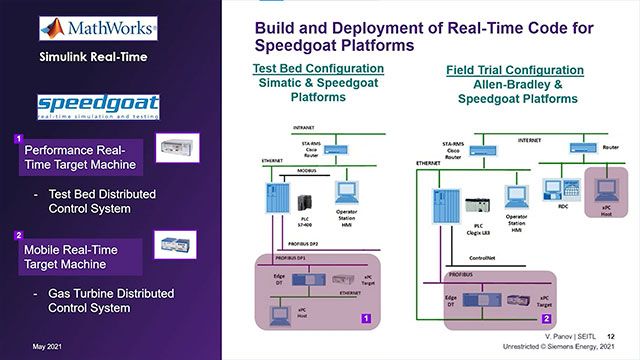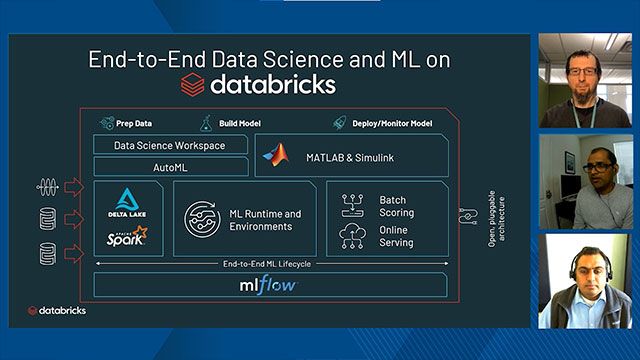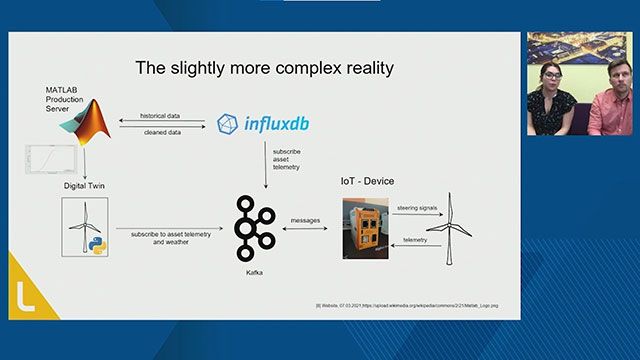Proceedings
Featured Presentations
What’s New in MATLAB and Simulink R2021a
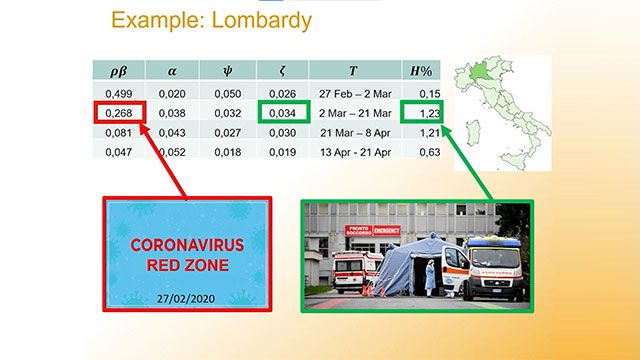
Controlling the COVID-19 Epidemic in Italy Using a Network Model
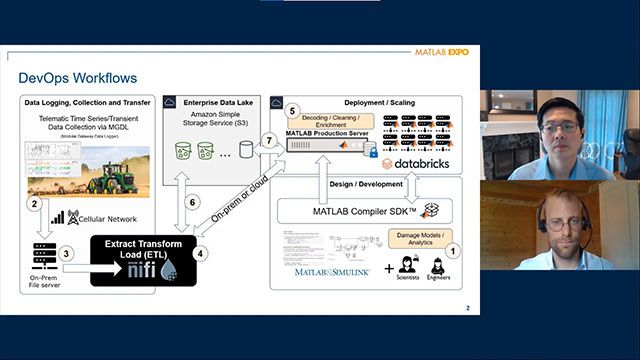
DevOps for Software and Systems: Putting Algorithms and Models in Operation
Toon Weyens, MathWorks
Plenary Sessions
Scientists and Engineers Save the World
Electrification in the Aerospace Industry
What's New in MATLAB and Simulink R2021a
Building Knowledge in An Interdisciplinary world
The Interactions Between Natural and Artificial Intelligence
5G and Radar
Applying AI to Radar and Lidar Processing
Rick Gentile, MathWorks
5G and Wireless Design with MATLAB
Houman Zarrinkoub, MathWorks
SDR Solutions with NI Hardware and MathWorks Software
Mike McLernon, MathWorks
A Low Cost 5G Testbed Development for Futuristic 6G Cellular Standard
Motor and Power Control
Hardware-in-the-Loop Testing of Control Algorithms for Modular Multi-Level Converters
Graham Dudgeon, MathWorks
Manuel Fedou, Speedgoat
AI in Engineering
Accelerating AI and Deep Learning Workflows with MATLAB and NGC
Andy Thé, MathWorks
AI for Medical Device Design and Digital Health Applications
Louvere Walker-Hannon, MathWorks
Predictive Maintenance Using Deep Learning
Rachel Johnson, MathWorks
Artificial Intelligence and Real Time Adaptive Knowledge Delivery Using MATLAB
Deploying Artificial Intelligence on PLCs
Rares Curatu, MathWorks
Deploying AI to Embedded and Enterprise Systems
Greg Coppenrath, MathWorks
Snow Hazard Index Using Conditional GAN and Semantic Segmentation
Algorithm Development and Deployment
Heather Gorr, MathWorks
David Garrison, MathWorks
Handling, Analysis, and Storage of Big Data for Healthcare
Meeting the Challenges of Design Optimization
Sohini Sarkar, MathWorks
Controlling the COVID-19 Epidemic in Italy Using a Network Model
Sharing MATLAB Apps and Simulink Simulations
Autonomous Systems
Autonomous Unmanned Aerial Vehicles (UAV) Development and Evaluation with MATLAB and Simulink
Andrew Grabowski, MathWorks
Smart Maritime Surveillance System
Smart Factory: Autonomous Industrial Robots from Perception to Motion
Ronal George, MathWorks
FPGA, ASIC, and SoC Design
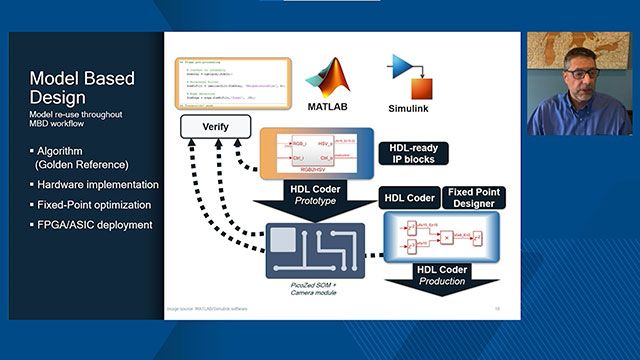
Hardware Agnostic Model-Based Design Workflow for Rapid Prototyping of Image Processing Applications
Steve Kuznicki, MathWorks
Accelerating Design, Data Visualization, and Analysis of Analog and Mixed-Signal Systems
Jesson John, MathWorks
Implementation, Verification, and DevOps
DevOps for Software and Systems: Putting Algorithms and Models in Operation
Toon Weyens, MathWorks
Continuous Integration with MATLAB and Simulink
Ensemble Embedded Software Integration Platform
Developing Embedded Software with Model Based Design
Jeff Harper, MathWorks
Model-Driven Production Software Development for Calibration at ASML
Wouter van Heijningen, ASML
Model-Based Design for Next Generation AURIX Automotive Microcontroller
Continuous Modeling with MATLAB and Microsoft Azure DevOps
MathWorks Automotive Conference
Development of Novel Sensor Fusion Architectures for Autonomous Vehicles
Rajkumar Palanisamy, Flux Auto
Simulation Framework for Highly Autonomous Trucks in a Logistics Centre
Shashank Sharma, MathWorks
Low Velocity Maneuvering Development with the MathWorks Toolchain
Alon Davidi, General Motors
Low-Speed Vehicle Motion Control Algorithms for Automated Driving Functions
Dr.-Ing. Marco Wegener, ZF
Target Detection and Classification in Radar Point Cloud with MathWorks
Suresh S, Renault Nissan
ADAS AD Virtual Platform for End to End Software Development and Testing
Designing and Deploying Service-Oriented Architectures (SOA) with Simulink
Shwetha Bhadravathi Patil, MathWorks
Developing a Driver Monitoring System Using Model-Based Design
Design the Next-Gen User Experience with Simulink and Qt Design Studio
Miao Luo, The Qt Company
High Fidelity Motor Modeling for HIL with FPGAs
Hydrogen Is the New Diesel: Electrifying Heavy-Duty Vehicles with Nuvera Fuel Cells
Pierre-Francois Quet, Nuvera
PIL-Target Introduction for Infineon AURIX TC377
Modeling and Simulation
Integrating AI into Model-Based Design
Bill Chou, MathWorks
Bernhard Suhm, MathWorks
Accelerating Emergency Ventilator Development
Max Curzi, Cambridge Consultants
System Architecture Creation Using System Composer
The Digital Drive – FMI Customer Models
Teaching with MATLAB and Simulink
Advancing Engineering Education with Virtual Labs
Magnus Egerstedt, Georgia Institute of Technology
Employing Machine Learning to Correlate Fluid Properties
Teaching Electric Power Systems with MATLAB and Simulink
Authentic Engineering Assessment: From Quizzes to High-Stakes Examination
Integrated Classroom Teaching of Control Using MATLAB and Simulink
Holistic Learning by the Integration of a Test Rig into Engineering Teaching
Sebastian Graszk, RWTH Aachen University
Hands-On Workshops
Exploring Challenges with Artificial Intelligence and Augmented Reality
Sarah Mohamed, MathWorks
Shruti Karulkai, MathWorks
Mission Planning of a Quadcopter using a Digital Twin
Sara Nambi, MathWorks
Modeling and Solving Optimization Problems
Sohini Sarkar, MathWorks
Cloud and IoT
AI in the Cloud Workflows with MATLAB
Kishen Mahadevan, MathWorks
Digital Twins for Embedded, Edge, and Cloud Platforms
Cloud Data Workflows for Scientists and Engineers: What You Should Know
Igor Alekseev, Amazon Web Services (AWS)
Arvind Hosagrahara, MathWorks
Energy Asset Health Monitoring on a Data Science and IIoT Platform
Emma Haley, Leipziger Stadtwerke GmbH
